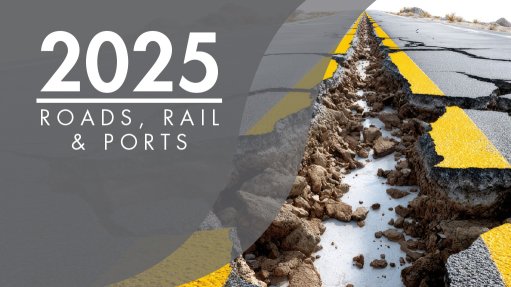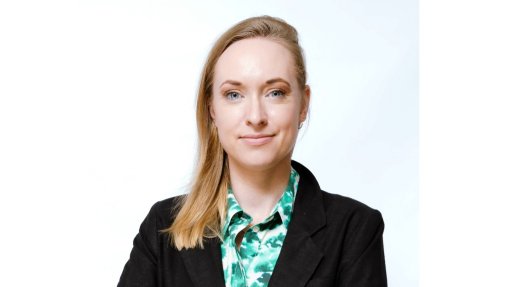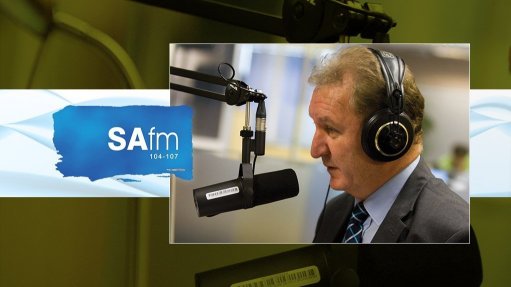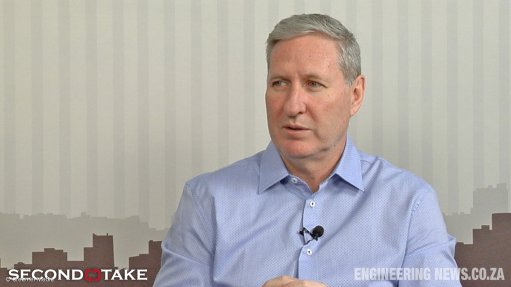Grid challenges persist amid energy market changes

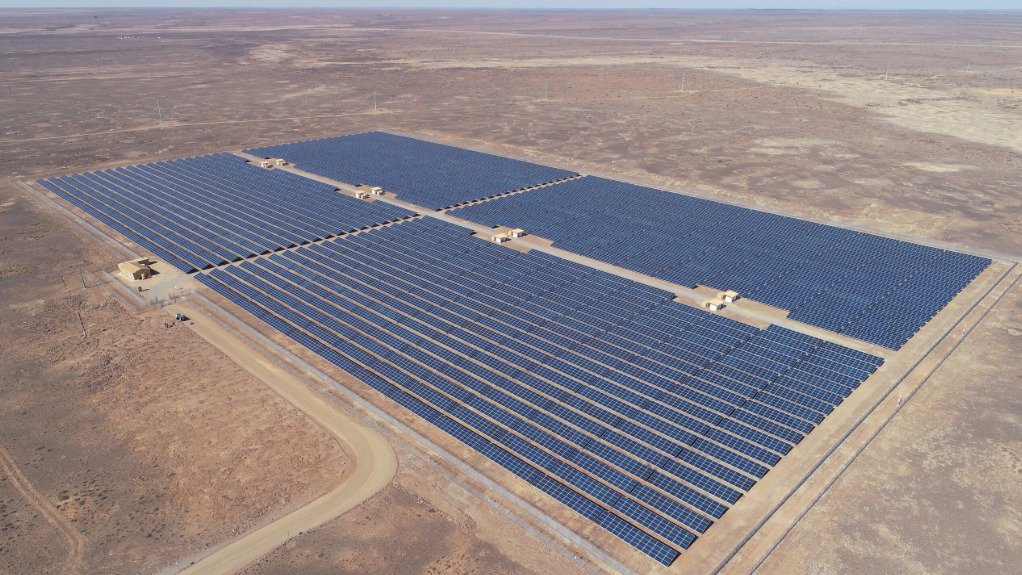
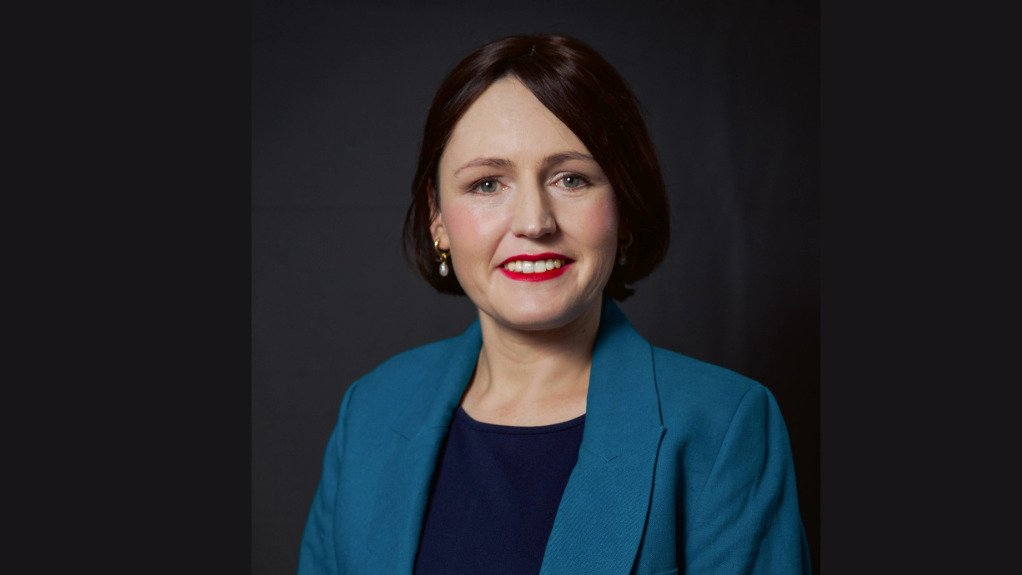
SUPPORTING INTEGRATION Integrating renewable-energy sources, such as solar, require a stable grid
MARLISE SCHMIDT Curtailment should be limited to managing congestion and should not favour specific generators
South Africa’s energy market is undergoing various changes, including the unbundling of State-owned power utility Eskom, as well as licence exemptions for independent power producers (IPPs). The latter has eased access for new projects, but has also affected grid access and publicly procured generation, says IPP Globeleq general counsel Marlise Schmidt.
“Eskom, with its historic monopoly over generation, transmission and distribution in South Africa, has faced numerous difficulties, including financial challenges, ageing infrastructure and issues related to governance.”
Integrating new energy capacity presents various challenges, she stresses, adding that the ageing transmission and distribution infrastructure often struggles to manage the increased loads from new energy sources or integrate new technologies, leading to grid congestion and inefficiencies.
Conversely, the intermittent nature of renewable-energy sources, such as solar and wind, require a stable grid. Schmidt notes, however, that energy storage solutions can help to address this challenge.
Funding for grid upgrades and expansion presents another significant hurdle, as these projects involve substantial investment costs.
Eskom’s unbundling is expected to address these issues by creating a more effective, sustainable, competitive and transparent electricity market, which, in turn, is expected to lead to lower energy costs.
“Cost allocation will be more transparent, and maintenance and expansion of the grid will be incentivised by clear economic drivers,” Schmidt adds.
However, she emphasises the need for a clear and comprehensive regulatory framework to fully understand the potential of, and facilitate, private- sector involvement, as well as to ensure transparent revenue allocation and project structuring.
These regulations should provide direction on the structure that such private projects could take to encourage private and ongoing public investment, she asserts.
Another key change in South Africa’s energy market is grid access for new projects, which now requires developers to demonstrate that their projects are “shovel ready” before receiving grid allocations.
To demonstrate that projects are ready, developers must meet several requirements. These include developers submitting environmental authorisations and permits for the generation facility, the potential energy yield, initial designs and a secured power offtake agreement.
Further, applicants are required to provide a financial guarantee to Eskom to guarantee their meeting the milestones as committed to in their application.
This process aims to replace the previous “first come, first served” method, which awarded grid capacity to early applicants, regardless of project feasibility.
However, this has led to a mismatch between the speed of private market evolution and government’s procurement processes, often resulting in unavailable grid capacity by the time projects are awarded.
Although Eskom proposed to reserve grid access for publicly procured projects, this was rejected by regulatory authority the National Energy Regulator of South Africa’s (Nersa’s) electricity subcommittee in July.
Schmidt adds that Globeleq supports ongoing public procurement, taking into account that all projects, whether public or private offtake, should have non-discriminatory access to the grid.
“With ongoing engagement between the private sector, Eskom and regulators, we are confident a solution will be forthcoming.”
She advocates for greater transparency regarding the availability of grid capacity and the queuing position of different applicants for such capacity.
Curtailment and Grid Access
Earlier in the year, Nersa gave approval for Eskom to implement curtailment. This decision raised concerns in the industry about how public and private projects would be fairly compensated for implementing such curtailment.
These concerns, in turn, led to Eskom’s applying to Nersa for approval to use congestion curtailment as a constrained generation ancillary service with the same compensation regime applied to all IPPs regardless of their buyers.
Nersa is engaging the industry and requested submission of comments on this application before August 5, 2024.
Globeleq supports using curtailment to allow for the integration of more renewable power plants into the grid, but stresses that it should be used judiciously and equitably.
“Curtailment should be limited to managing congestion and should not favour specific generators.”
Globeleq would support wider application of the curtailment framework’s treating all generators equally, especially if it allows for the level of maximum curtailment to be lowered and shared more evenly across the entire market, Schmidt adds.
However, she stresses that while curtailment allows for the full use of all available grid capacity, it does not create new capacity. Additionally, even if the compensation mechanism may be acceptable to the IPP generator, generation delivered to the offtaker is no longer considered green energy for the curtailed portion.
“The energy being green is a very important factor for many offtakers to meet their climate targets, so curtailment should be minimised where possible.”
Ultimately, while curtailment is a useful tool, addressing energy poverty and achieving widespread grid access will require new investments in infrastructure and a long-term, sustainable energy plan, Schmidt concludes.
Article Enquiry
Email Article
Save Article
Feedback
To advertise email advertising@creamermedia.co.za or click here
Comments
Press Office
Announcements
What's On
Subscribe to improve your user experience...
Option 1 (equivalent of R125 a month):
Receive a weekly copy of Creamer Media's Engineering News & Mining Weekly magazine
(print copy for those in South Africa and e-magazine for those outside of South Africa)
Receive daily email newsletters
Access to full search results
Access archive of magazine back copies
Access to Projects in Progress
Access to ONE Research Report of your choice in PDF format
Option 2 (equivalent of R375 a month):
All benefits from Option 1
PLUS
Access to Creamer Media's Research Channel Africa for ALL Research Reports, in PDF format, on various industrial and mining sectors
including Electricity; Water; Energy Transition; Hydrogen; Roads, Rail and Ports; Coal; Gold; Platinum; Battery Metals; etc.
Already a subscriber?
Forgotten your password?
Receive weekly copy of Creamer Media's Engineering News & Mining Weekly magazine (print copy for those in South Africa and e-magazine for those outside of South Africa)
➕
Recieve daily email newsletters
➕
Access to full search results
➕
Access archive of magazine back copies
➕
Access to Projects in Progress
➕
Access to ONE Research Report of your choice in PDF format
RESEARCH CHANNEL AFRICA
R4500 (equivalent of R375 a month)
SUBSCRIBEAll benefits from Option 1
➕
Access to Creamer Media's Research Channel Africa for ALL Research Reports on various industrial and mining sectors, in PDF format, including on:
Electricity
➕
Water
➕
Energy Transition
➕
Hydrogen
➕
Roads, Rail and Ports
➕
Coal
➕
Gold
➕
Platinum
➕
Battery Metals
➕
etc.
Receive all benefits from Option 1 or Option 2 delivered to numerous people at your company
➕
Multiple User names and Passwords for simultaneous log-ins
➕
Intranet integration access to all in your organisation






